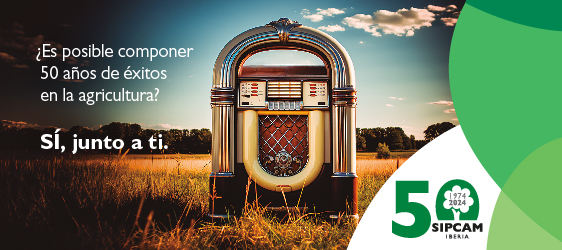La polilla del boj (Cydalima perspectalis) causa en poco tiempo graves afectaciones a los bojes de los entornos naturales donde llega. Su gestión, a diferencia de los bojes ornamentales, es más compleja y los daños al ecosistema más importantes. Por ese motivo, es fundamental la evaluación de las diversas herramientas de control forestal existentes. Para ello, se ha elegido una zona forestal (El Pla Boixer) y se han evaluado diferentes herramientas de control: la captura masiva con o sin parasitoides de huevos, la pulverización con insecticida biológico con o sin parasitoides y una zona exclusivamente con parasitoides. Su eficacia se ha medido en función de la disminución de la población de orugas y el daño ocasionado en el boj. Los tratamientos con insecticida biológico han sido eficaces, mientras en las otras herramientas su eficacia no ha sido suficiente para mantener el buen estado del boj en los momentos iniciales de expansión de la plaga observados en el estudio.
The boxwood moth (Cydalima perspectalis) causes serious affections to the boxwoods of the natural environments where it arrives in a short period of time. The management of this situation is more complex, and the damage to the ecosystem more important than the one of ornamental boxwoods. Therefore, it is essential to evaluate the various existing forest control tools. For this purpose, a forest area (El Pla Boixer) has been selected in order to test the different tools: mass trapping, with or without egg parasitoids; spraying with biological insecticide; with or without parasitoids, and an area exclusively with parasitoids. Their effectiveness has been measured according to the decrease in the population of caterpillars and the damage caused to the boxwood. The treatments with biological insecticide have been effective whereas the other tools effectiveness has not been sufficient to maintain the good condition of the boxwood in the initial moments of expansion of the pest observed in the study.
Comprar Revista Phytoma 325 - Enero 2021













